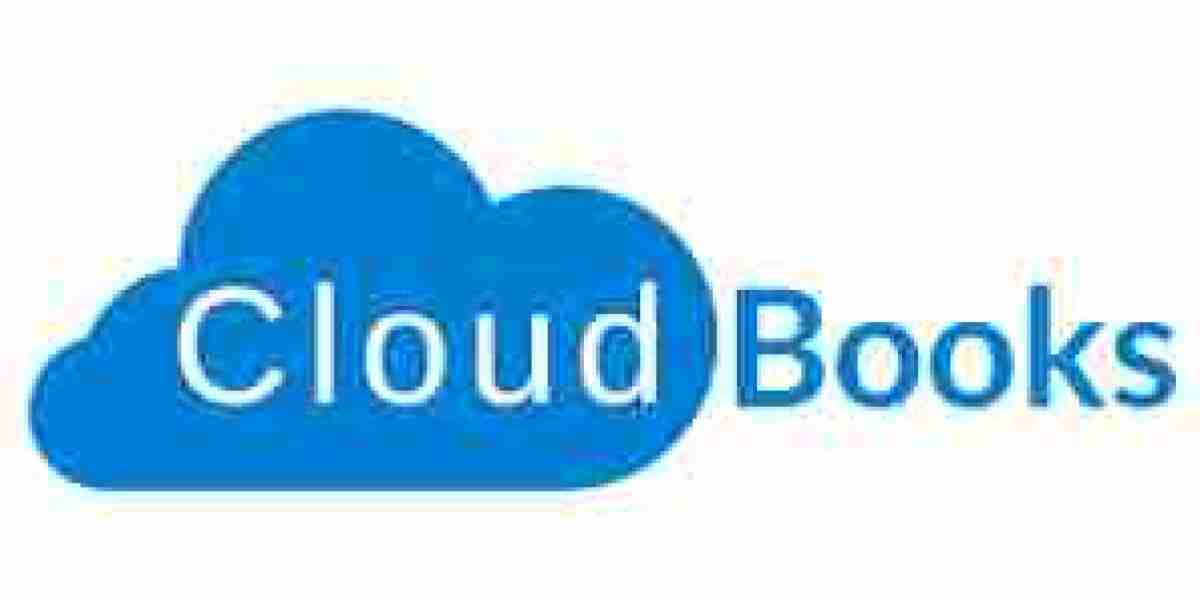In today’s digital era, businesses are constantly looking for ways to improve efficiency, reduce errors, and remain compliant with ever-changing tax regulations. Two terms that have become increasingly significant in the world of finance are cloud books and VAT returns. Together, they represent a powerful combination for modern businesses that want to simplify accounting, save time, and stay ahead of compliance requirements.
This article explores how cloud books are transforming VAT return management, why businesses should embrace them, and what the future holds for digital tax compliance.
Understanding Cloud Books
Cloud books, also called cloud-based accounting software, are online platforms designed to handle a business’s financial data. Unlike traditional desktop software, which stores data on a single computer, cloud books keep everything securely online. This means financial information is accessible anytime, anywhere, using a computer, tablet, or smartphone.
Popular cloud accounting platforms include Xero, QuickBooks Online, Sage Business Cloud, and FreshBooks. Each of these tools offers powerful features designed to simplify bookkeeping and streamline tax compliance.
Key Features of Cloud Books
- Automatic Bank Feeds: Sync directly with business bank accounts to import transactions in real time.
- Digital Invoicing: Create, send, and track invoices instantly.
- Expense Management: Upload receipts and categorize expenses effortlessly.
- Tax Compliance Tools: Automate VAT calculations and generate reports.
- Collaboration: Accountants, bookkeepers, and business owners can all access the same data simultaneously.
What Are VAT Returns?
Value Added Tax (VAT) is a consumption tax charged on goods and services in the UK and many other countries. Businesses registered for VAT must collect VAT from their customers on taxable sales (output VAT) and can reclaim VAT they pay on eligible purchases (input VAT).
A VAT return is a regular submission to HMRC (usually quarterly) that reports:
- Total sales and purchases.
- Output VAT collected.
- Input VAT paid.
- The net VAT owed to HMRC or reclaimable.
Since the introduction of Making Tax Digital (MTD) in the UK, VAT-registered businesses are required to keep digital records and submit VAT returns electronically using compatible software. This regulation makes cloud books an essential tool for compliance.
How Cloud Books Make VAT Returns Easier
VAT returns can be complex and time-consuming, especially when handled manually. Cloud books simplify the entire process in several ways:
1. Automatic VAT Calculation
Cloud accounting software applies the correct VAT rate to every transaction. Whether it’s a sale or a purchase, VAT is calculated automatically, reducing the risk of costly errors.
2. Digital Record Keeping
Instead of managing piles of receipts and invoices, cloud books store all VAT-related records digitally. This not only saves space but also ensures compliance with MTD requirements.
3. Real-Time Reporting
Businesses can monitor VAT liabilities throughout the quarter instead of waiting until the deadline. This makes it easier to plan cash flow and set aside funds for payments.
4. Direct HMRC Submissions
Most cloud books integrate directly with HMRC. Once the VAT return is generated, it can be submitted with just a few clicks—no need to log in to multiple portals.
5. Error Detection
Built-in validation checks highlight potential errors before submission, helping businesses avoid penalties.
Benefits of Using Cloud Books for VAT Returns
1. Time Efficiency
Manual preparation of VAT returns often takes hours. Cloud systems automate categorization and reporting, cutting down the time to minutes.
2. Accuracy
Automation reduces the human errors that often occur in manual bookkeeping, ensuring VAT submissions are correct.
3. Compliance with MTD
Cloud books are MTD-compatible, meaning businesses meet HMRC’s requirements without additional software.
4. Accessibility
Data can be accessed anywhere, allowing business owners and accountants to work together in real time.
5. Cost Savings
By reducing the need for manual work, minimizing errors, and cutting down penalties, cloud books save money in the long run.
6. Scalability
Whether you’re a freelancer or a large enterprise, cloud books grow with your business, adapting to increasing VAT and reporting needs.
Cloud Books vs. Traditional VAT Accounting
Feature | Traditional Accounting | Cloud Books |
Record Keeping | Paper-based or spreadsheets | Digital, cloud storage |
VAT Calculation | Manual | Automated |
Filing Returns | HMRC portal separately | Direct HMRC integration |
Collaboration | Difficult, file sharing needed | Real-time multi-user access |
Accuracy | High risk of errors | Automated error checks |
Compliance | May require add-ons | Built-in MTD compliance |
This comparison highlights why cloud books have become the go-to solution for VAT returns in the digital age.
Choosing the Right Cloud Books for VAT Returns
When selecting a cloud accounting solution for VAT compliance, businesses should evaluate:
- HMRC Compatibility: Ensure it’s fully MTD-compliant.
- Ease of Use: Look for intuitive dashboards and simple navigation.
- Integration: Check if it connects with payroll, e-commerce, or POS systems.
- Pricing: Subscription models vary—choose one that fits your budget.
- Customer Support: Reliable support is essential during VAT deadlines.
The Future of VAT Returns with Cloud Accounting
The future of VAT compliance is becoming increasingly digital and automated. Innovations expected in cloud books include:
- AI and Machine Learning: Smarter categorization of expenses and predictive VAT forecasting.
- Automated Tax Planning: Systems that suggest ways to optimize VAT reclaims.
- Global Tax Integration: Support for different tax systems worldwide, beneficial for international businesses.
As governments expand digital tax initiatives, cloud books will remain at the center of VAT return management.
Conclusion
VAT returns have long been a challenging and time-consuming responsibility for businesses. However, with the rise of cloud books, managing VAT has become easier, faster, and more accurate than ever before. From automatic VAT calculations and real-time reporting to direct HMRC submissions and full MTD compliance, cloud accounting software transforms VAT return preparation into a seamless process.





